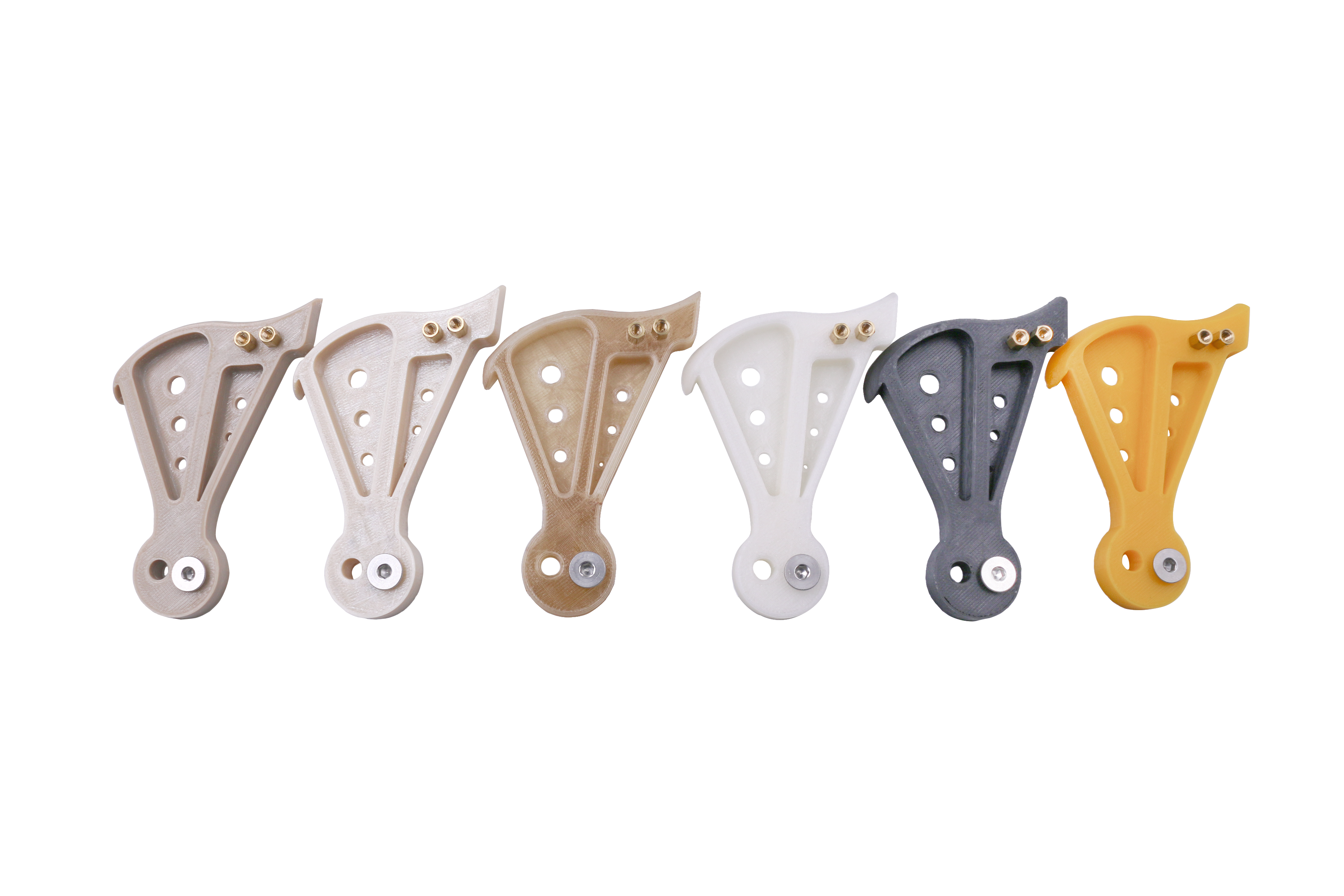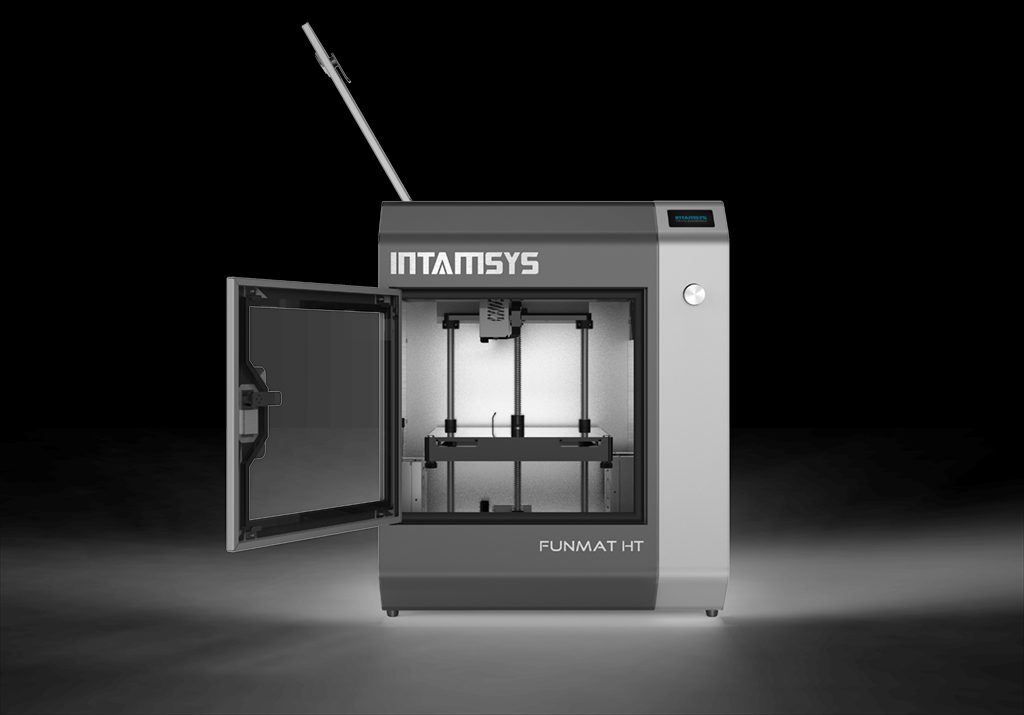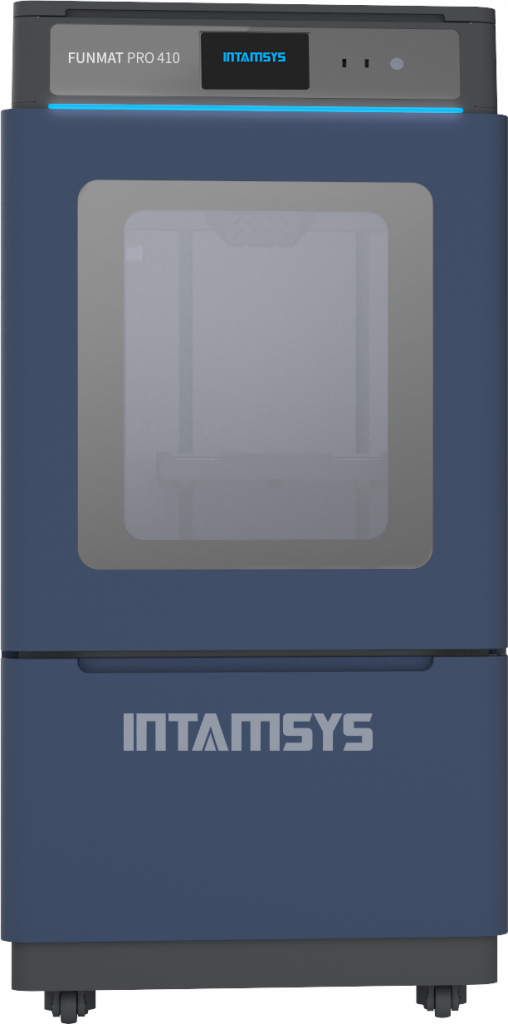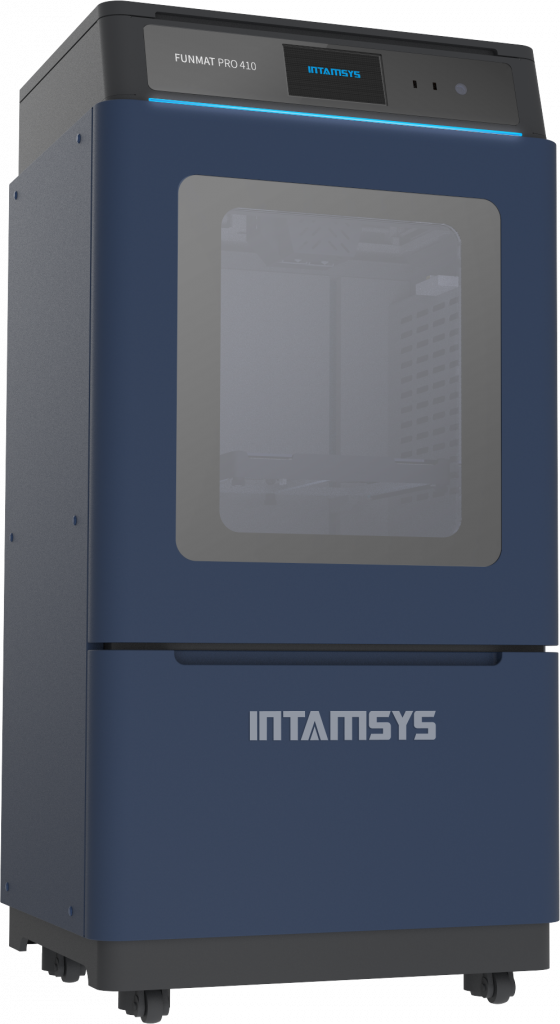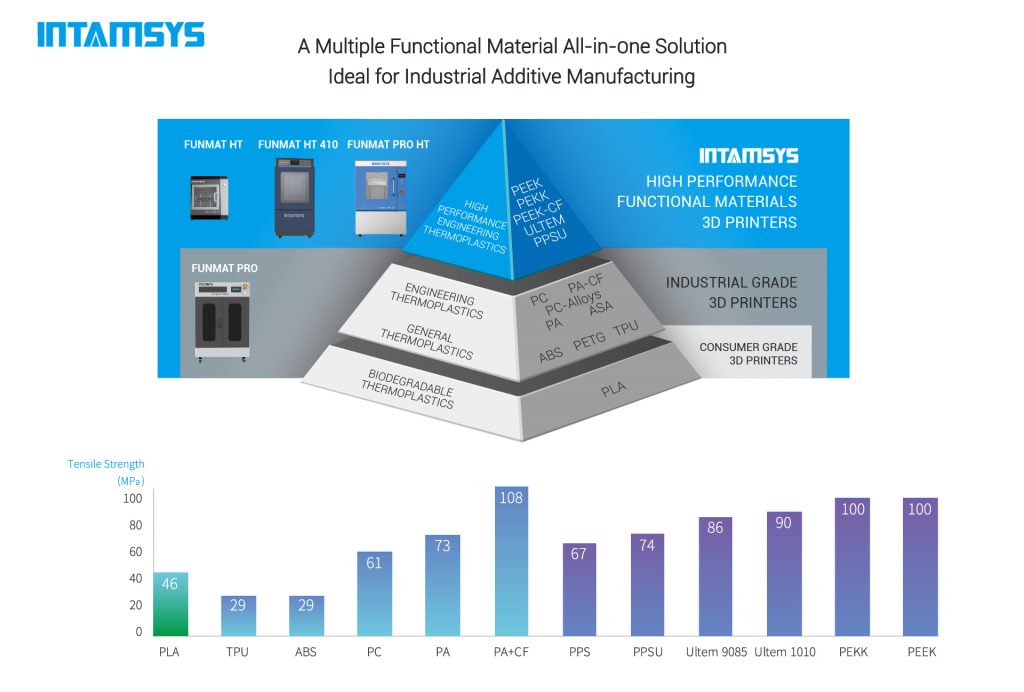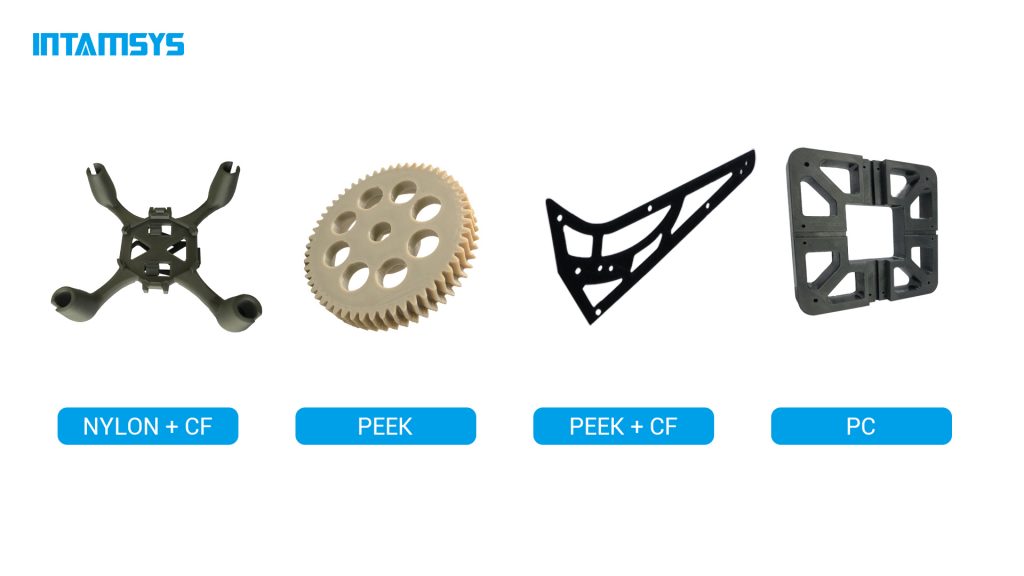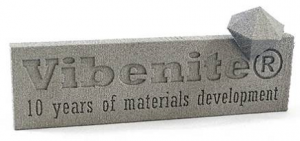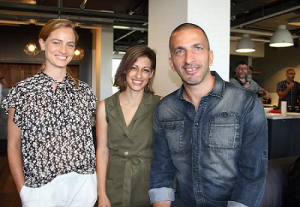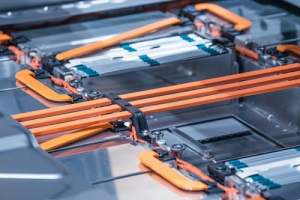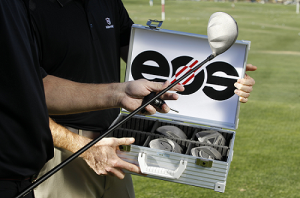Family-run industrial 3D printing solutions provider FELIXprinters, headquartered in IJsselstein, the Netherlands since 2010, works to create what it calls “holistic AM solutions” for its customers , developing “tailor-made” platforms for specific applications, rather than simply selling off-the-shelf solutions. A year ago, soon after the introduction of its Pro 3, the Dutch company added the FELIX PRO L and XL 3D printers to its portfolio, which scaled its precision technology up to more large-scale build volumes. The robust systems reliably provide larger parts, without giving up the quality that FELIXprinters is known for, and can easily fit into workshop spaces.
 Not long ago, the company launched its first 3D bioprinting system, and now, even amidst the many challenges brought on by the global COVID-19 crisis, has been busy at work. This week, FELIXprinters announced the addition of a new range made of two high-temperature 3D printers.
Not long ago, the company launched its first 3D bioprinting system, and now, even amidst the many challenges brought on by the global COVID-19 crisis, has been busy at work. This week, FELIXprinters announced the addition of a new range made of two high-temperature 3D printers.
“Like all businesses as we moved through the first quarter of 2020, we have had to adapt and adjust the way that we work. As soon as it was obvious that the coronavirus pandemic was going to severely disrupt the usual way of working, we made some far reaching and strategic moves to ensure the continuity of production or our 3D printers, and also our relationships with our customers. First and foremost, we had to ensure that our FELIX team could operate in a way that they were comfortable with and which guaranteed their safety. So from very early on, we ensured that they had masks, had access to all the sanitiser and hygiene measures that they needed, and that we put in place protocols that meant everyone in the factory could work while maintaining social distancing requirements,” said Wilgo Feliksdal, Co-Founder of FELIXprinters.
“Once this had been arranged, and with the continued demand for our industrial range of 3D printers and our newly introduced BIOprinter still high, it became clear to us that we were in a position to continue our 2020 plans relatively uninterrupted. Earlier in the year we had received a tender from a large multinational client looking at the possibility that we could produce a series of high temperature 3D printers, and we have now geared up to produce these in large batches through Q2 and Q3.”
While we don’t yet know the name of these new high-temperature AM systems, we do know that they feature customizable print heads, a 600 x 600 x 600 mm build volume, and a secure enclosure with a HEPA filter.
High-temperature 3D printing makes it possible to use stronger, advanced, and functional engineering-grade materials, such as PEKK, PEI, and polyamides, which then allows manufacturers to fabricate parts that are needed for rapid prototyping purposes, and practical end use applications, in the aerospace, engineering, and architecture industries. As the new FELIXprinters high-temperature systems can print anywhere from 100-400°C, I’d say they fit the bill.
“There is no doubt that we are in unprecedented times, and we like many companies operating in the 3D printing space are having to adapt our ways of working as we begin to defeat the coronavirus, and we are delighted that despite everything we have successfully developed our high temperature solutions,” said Guillaume Feliksdal, FELIXprinters Co-Founder. “In many ways, the 3D printing sector is unique in that it is likely to see an upswing in attention as globally, companies begin to reassess and localise their supply chains. At FELIXprinters, the continued demand for our industrial 3D printers, the enormous interest in our BIOprinter, and the recent developments we have made in term of high temperature additive manufacturing show the vibrancy of the niche, and also demonstrate the resilience of industry as we all drive on and innovate, even in these difficult times. I feel we have the edge in many areas due to an exceptional, dedicated, and passionate team, and I would like to thank each and every one of them for their hard work and talents.”
While the new high-temperature 3D printers aren’t available just yet, FELIXprinters has said that they are mere weeks away from commercial use. So we’ll have to stay tuned for more information.
Discuss this story and other 3D printing topics at 3DPrintBoard.com or share your thoughts in the Facebook comments below.
The post FELIXprinters Adds Two High-Temperature 3D Printing Systems to Industrial Portfolio appeared first on 3DPrint.com | The Voice of 3D Printing / Additive Manufacturing.




